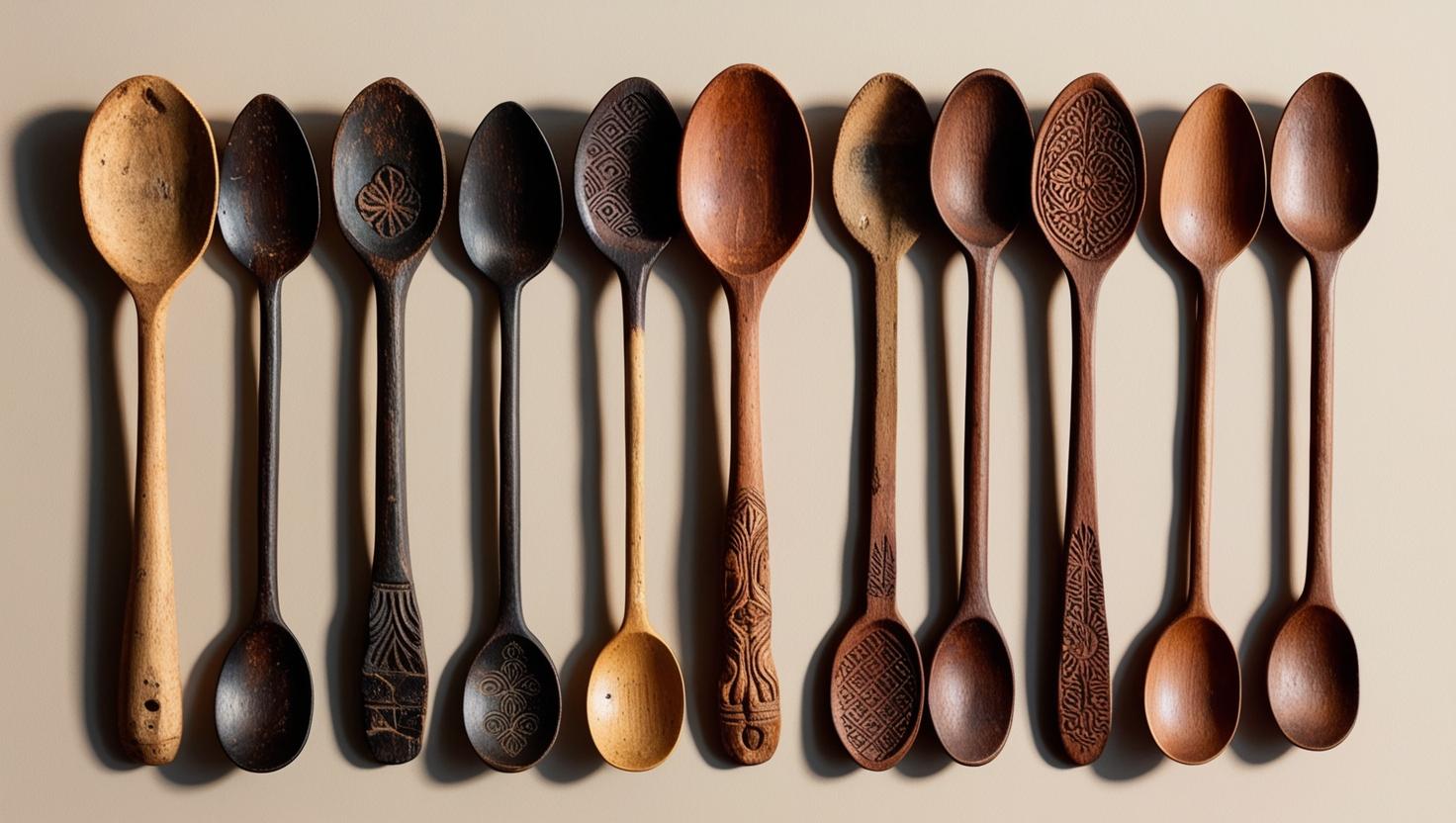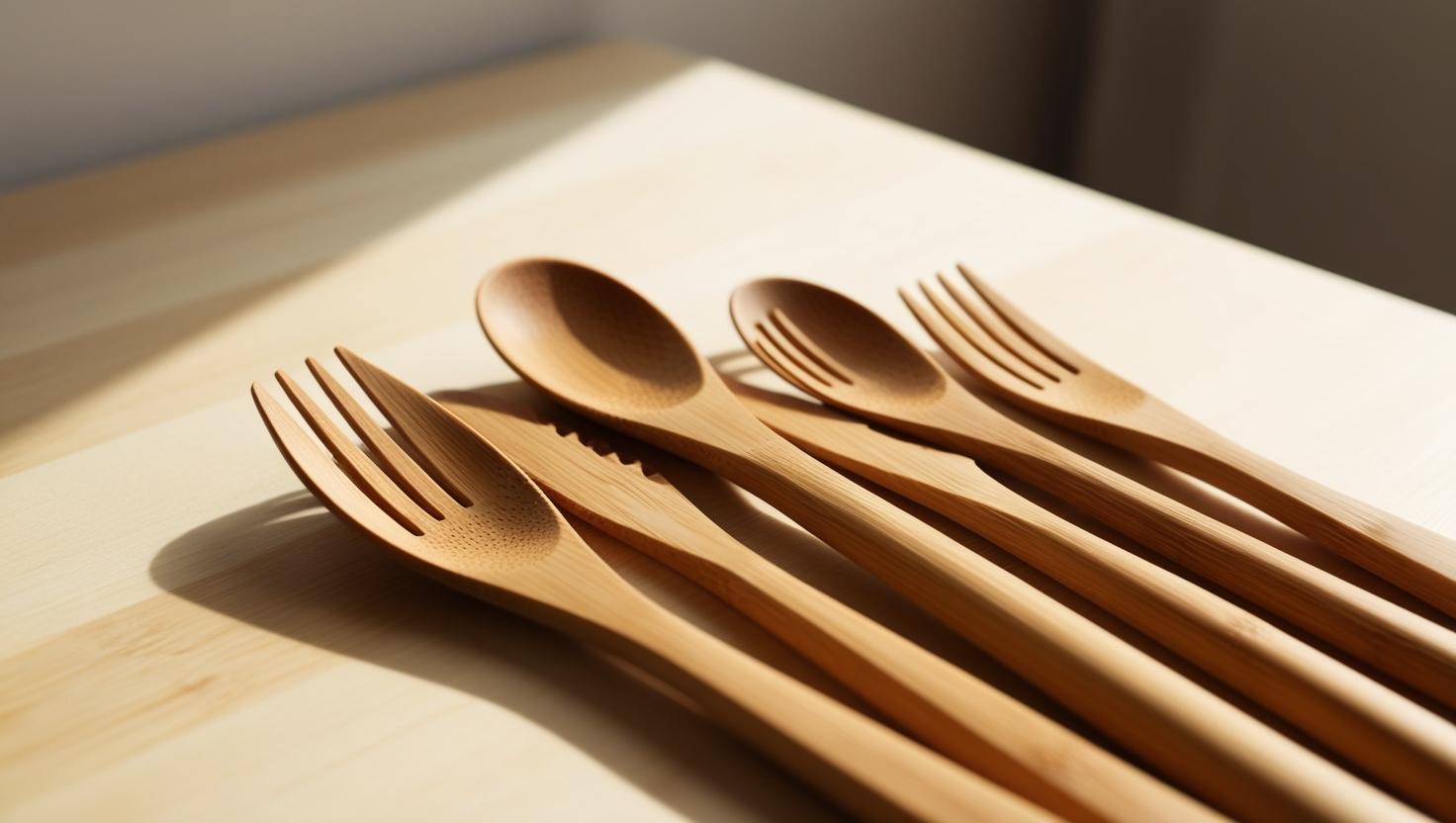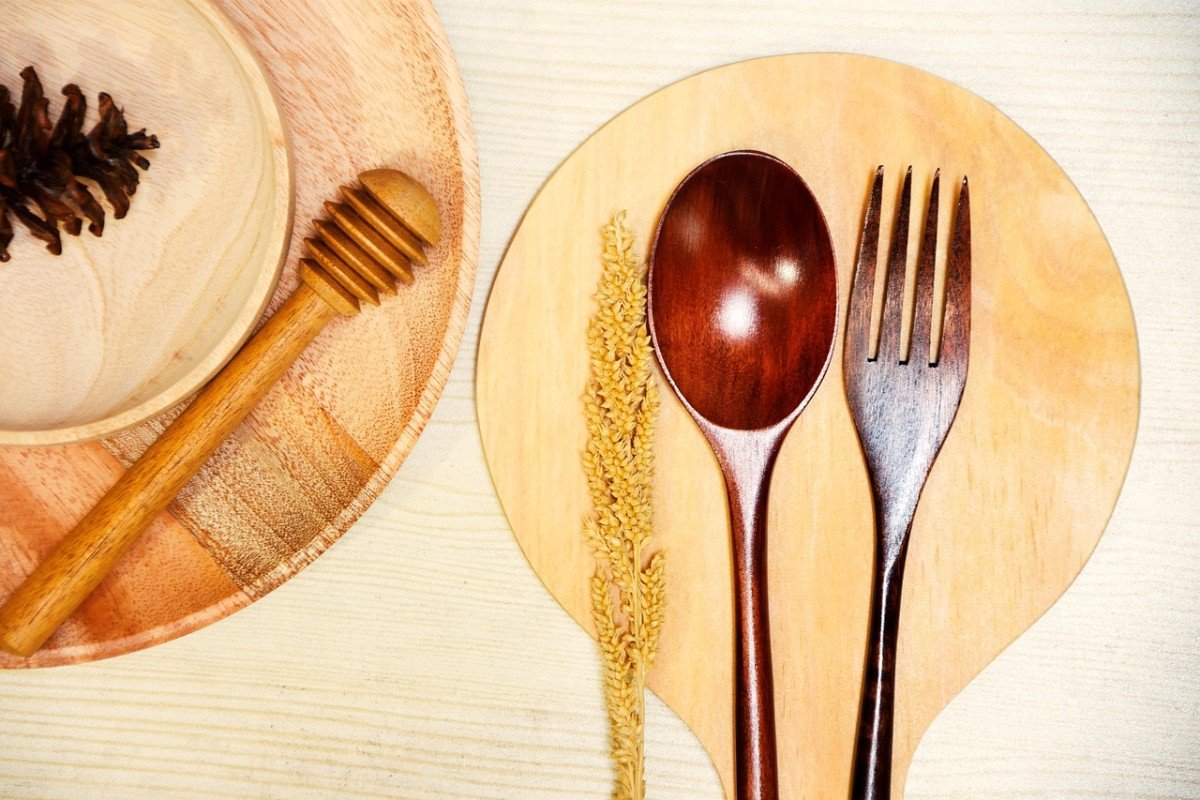Embarking on a culinary journey means delving into the rich history of utensils used by our ancestors to create and enjoy food. From the earliest civilizations to the modern day, these tools have evolved alongside human civilization, transforming the way we cook, eat, and experience meals. Exploring the origins of the first culinary tools takes us back to a time when ingenuity and resourcefulness were essential for survival.
One of the oldest culinary tools discovered by archaeologists is the stone mortar and pestle, believed to have been used as early as 35,000 years ago. These simple yet effective tools allowed our ancestors to grind grains, nuts, and herbs, unlocking new culinary possibilities. The mortar, typically a heavy bowl made of stone, and the pestle, a solid tool used for crushing and grinding, were integral in the preparation of meals and the creation of new flavors.
An equally ancient utensil is the wooden spoon, which can be traced back to at least 3,000 years ago. These early spoons were carved from various types of wood, providing a sturdy and versatile tool for stirring, mixing, and serving food. As civilizations progressed, wooden spoons became more refined, often decorated and carved with intricate patterns, reflecting the cultural heritage of different regions.

Revolutionizing Cookware: Innovations in Utensil Design
The world of cooking and culinary arts has seen remarkable advancements over the centuries, consistently pushing the boundaries of what we can achieve in the kitchen. One area that often goes overlooked is the continuous evolution of utensil design and its significant impact on cooking techniques. From the earliest rudimentary tools to the sleek and precise instruments of today, each innovation has revolutionized the way we prepare and enjoy our favorite dishes.
One of the most significant revolutions in utensil design was the introduction of non-stick coatings. In the mid-20th century, the development of Teflon revolutionized the cooking industry. This coating allowed for easy food release and reduced the need for excessive amounts of oil or fat, making cooking healthier and more convenient. The introduction of non-stick cookware has since become a staple in kitchens worldwide and has forever changed the way we cook.
Another groundbreaking innovation in utensil design came with the introduction of heat-resistant handles. Traditionally, handles became hot during the cooking process, often leading to accidents and burns. However, the advent of materials such as silicone and heat-resistant plastics allowed for the creation of utensils with handles that remain cool to the touch even when exposed to high temperatures. This development not only improved safety but also offered chefs a higher level of control and precision in their cooking.
Furthermore, the recent surge in sustainability awareness has prompted innovation in utensil design that prioritizes eco-friendly materials. Many manufacturers now produce utensils made from bamboo, a renewable resource. Bamboo utensils possess natural antimicrobial properties, are highly durable, and have a minimal environmental impact. This shift towards eco-friendly materials is not only advantageous for the planet but also aligns with the growing consumer demand for sustainable cookware options.

Dining Etiquette through the Ages: Table Manners Revisited
Throughout history, dining etiquette and table manners have played a significant role in society. From ancient civilizations to the modern world, the evolution of utensils has mirrored the development of cultural norms and traditions. Understanding the etiquette of each era provides us with valuable insight into the evolution of societal behavior and the importance placed on dining rituals.
In ancient times, the use of utensils was minimal, and dining was often a communal experience. Greeks and Romans would recline on couches while eating and would use their hands or simple spoons to consume meals. These civilizations placed great emphasis on socializing, conversation, and sharing food, and often considered the act of eating as a way of bonding with others.
As the Middle Ages arrived, dining customs became more refined and strict. Knives and spoons were now commonly used, but forks were still absent. Placing a napkin on one's lap became commonplace. The dining table became a symbol of status and power, where nobility showcased their wealth through extravagant feasts. Etiquette rules were established to maintain order during these formal meals, emphasizing the importance of proper behavior, such as not speaking loudly and refraining from reaching across the table.
During the Renaissance, utensils continued to evolve, and the use of forks became popularized. Following the customs of the Middle Ages, dining etiquette remained an essential part of noble gatherings. However, this period marked the emergence of new dining practices influenced by humanism, leading to a greater focus on individual manners. People were expected to hold utensils correctly, keep their elbows off the table, and use napkins to wipe their mouths delicately.
Fast forward to modern times, where utensils and dining etiquette have become standardized to a greater extent. The abundance of various utensils caters to specific dishes, such as salad forks or fish knives. The awareness of hygiene has led to the use of napkins for wiping one's mouth and hands, instead of sleeve edges, as practiced in medieval times. Despite these changes, table manners are still considered an important aspect of etiquette, emphasizing respect, consideration for others, and proper decorum in both formal and informal dining settings.
The evolution of utensils and dining etiquette offers us a glimpse into the transformation of societal behavior through the ages. From communal gatherings to extravagant feasts, the customs and rules surrounding dining have shifted alongside changes in culture, values, and social hierarchies. By understanding how table manners have evolved, we gain insight into the ways in which society has valued civility and the importance of establishing and adhering to social norms.
Modern Culinary Giants: Contemporary Utensil Trends
The world of culinary utensils has come a long way, evolving alongside advancements in cooking techniques and culinary arts. Today, we find ourselves in a time where modern culinary giants are pushing the boundaries of what utensils can do, blending functionality and innovation in exciting new ways.
One of the prominent trends in contemporary utensils is the integration of technology. With the rise of smart kitchens, utensils equipped with sensors and connectivity have become increasingly popular. From smart thermometers that ensure precise cooking temperatures to smart measuring spoons that provide real-time ingredient analysis, these hi-tech utensils are revolutionizing the way we cook and bake.
Another noteworthy trend is the focus on eco-friendly and sustainable materials. As society becomes more conscious of its environmental impact, culinary giants have been experimenting with alternative materials for utensil production. We now see an array of utensils made from recycled plastics, bamboo, and other renewable resources. These sustainable options not only reduce waste but also add a touch of natural beauty to our kitchens.
Additionally, ergonomic design has taken the forefront when it comes to utensil innovation. Chefs and home cooks alike understand the importance of comfortable and efficient utensils, leading to the creation of tools specifically crafted for ease of use. Grips and handles are now designed to minimize strain and fatigue, enabling hours of cooking without discomfort. Utensils with adjustable or flexible components are also gaining popularity as they adapt to different cooking needs.



